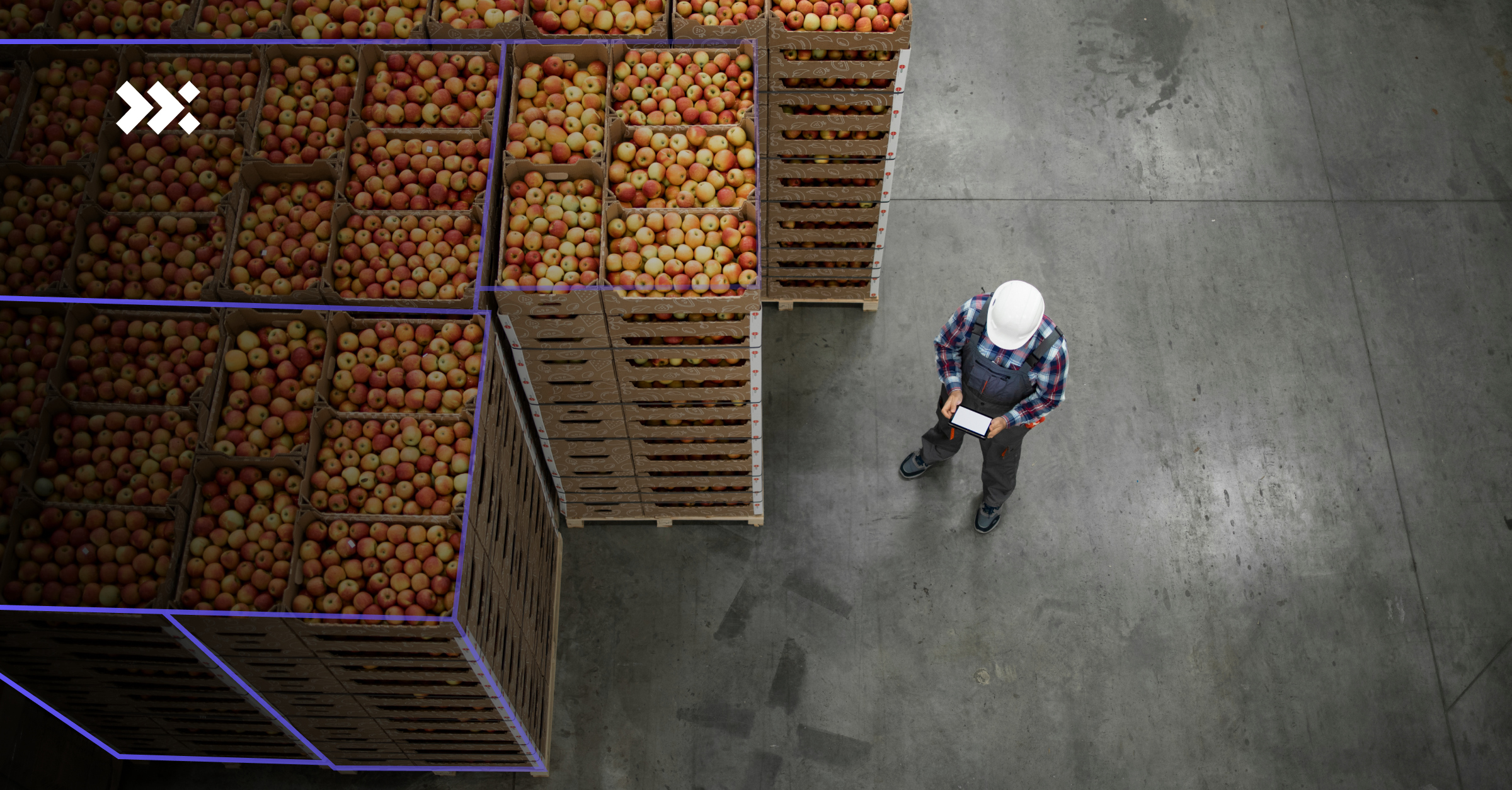Key takeaways:
- Successful and safe cold chain logistics aims to keep perishable goods in a safe range between -1.5 and 14 degrees Celcius depending on the cargo type.
- Strict regulations from the UN’s ATP agreement defines the standards for transportation of perishable products and shippers and cargo owners must prove compliance.
- TradeTech is used to facilitate safety and quality by monitoring cargo conditions throughout the entire journey whilst goods are in transit.
When you are looking around your local supermarket, nearly all of the items on the shelves rely on quality freight transportation to ensure they arrive in perfect condition. Fruits, vegetables, milk, bread, meat, and fish are all considered perishable products. This means that they have a relatively short shelf life and therefore soon start to spoil. Of course, it’s not just supermarkets that require the safe and secure transportation of perishable goods. Restaurants, catering firms, schools, and many other establishments depend on carefully controlled processes around such products.
As globalization has gathered pace, supply chains have become increasingly complex, with perishable goods being shipped far and wide. Driven by both domestic and international demand, the global perishable goods transportation market is forecast to be worth $23.28 billion by 2026. In the developed world, for example, the perishable goods adorning your dinner table could just as likely be carrots grown on a farm a few miles away or avocados shipped from the other side of the world.
Regardless of whether perishable goods travel short or long distances, safety in freight transportation is paramount to reduce waste and prevent contamination or decomposition of products. Fortunately, technology can help to prevent this from happening.
The transportation of perishable products today
The nature of perishable goods transportation usually depends on the length of the supply chains involved. Although the final part of these deliveries will usually be by road, long-distance transportation often relies on transit by air or sea. Regardless of the exact route taken, refrigeration plays an essential role.
Cold chain logistics is essential for perishable goods transportation, which usually involves the movement of fresh products that deteriorate rapidly if not kept between -1.5 and 14 degrees Celsius. Frozen goods, meanwhile, are normally kept at -18 degrees Celsius or even colder. Of course, the perishability of any particular product varies so supply chain participants must check specific packaging, labelling, and handling procedures carefully.
Further guidance around perishable goods transportation can also be gleaned from regulatory requirements. In the majority of markets, the UN’s ATP agreement on the International Carriage of Perishable Foodstuffs has outlined regulatory requirements since its introduction in 1970. As of 2020, it has been ratified by 50 nations, most of which are in Europe or Central Asia.
The ATP agreement provides common standards for temperature-controlled transport equipment, including temperature controlled containers and vehicles for use on roads, railways, and at sea. It also stipulates tests to verify the insulating capacity of transportation equipment. Although there is no enforcement mechanism to ensure ATP compliance, signatories can stipulate their own penalties for ATP breaches. It’s worth noting, however, that different regulations, such as those outlined in the International Air Transport Association (IATA) Perishable Cargo Regulation (PCR) manual, are enforced in other markets.
Ensuring the safety, security and quality of cargo containing perishable goods
With time, temperature and humidity being the main factors for ensuring optimal standards during the transportation of perishable products, trade technology or TradeTech is playing an increasingly important role.
Internet of Things and cutting-edge sensor technologies can provide supply chain stakeholders far greater visibility than ever before. By monitoring cargo transportation, the exact length of journey that perishable products take between their departure and arrival points can now be known, as well as the length of time taken for handling and processing during a multi-modal route. The granularity that is now available through supply chain monitoring technology means that every moment and action can be tracked – something that is essential for perishable goods.
What’s more, asset monitoring extends beyond measuring the time taken for delivery. Sensors can monitor temperature, humidity, external shocks, and whether the cargo has been tampered with at any point. Real-time data provides detailed insights to protect your cargo from spoilage – and its the key to proving compliance too. ATP certification, for example, requires data to be gathered for insulation or cooling / heating devices. Now technology is critical for meeting regulatory standards in many markets.
How Nexxiot’s Cargo Monitor safeguards your perishable products
It only takes temperature fluctuations of a few degrees or delays of a few minutes for perishable goods to begin to deteriorate. That’s why supply chains need access to reliable solutions that can provide real-time updates during transportation – solutions like Nexxiot’s Cargo Monitor.
Nexxiot Cargo Monitor delivers accurate data on any external or internal influences affecting your cargo from departure to arrival via the Intelligent Cloud. The solution provides tailored reporting and enhanced transparency for all permitted stakeholders. Live updates on temperature, location, humidity, shocks, dew point, and door opening events can be viewed at any point in the supply chain.
Increase the quality and safety of your perishable goods transportation with Nexxiot Cargo Monitor. Find out how we safeguard your fruits, vegetables, and other products to reduce waste and boost safety, security and customer satisfaction. Get in contact with us today.

